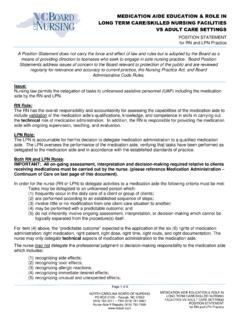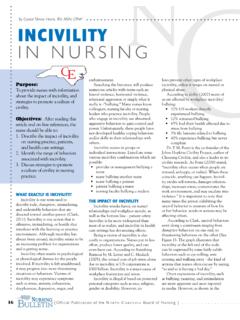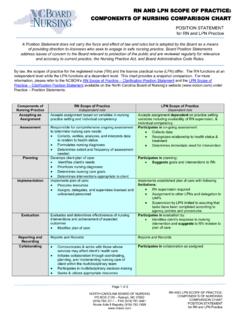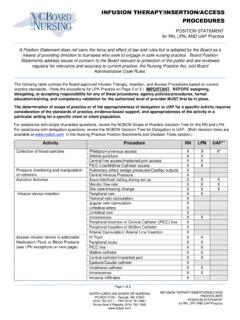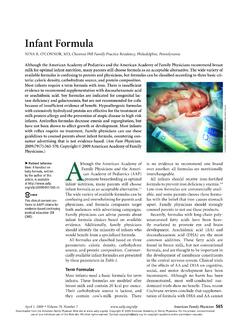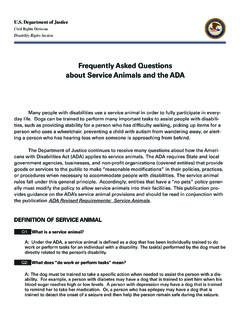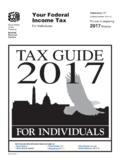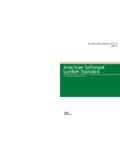Transcription of Maintaining Professional Boundaries in Nursing
1 M ain t ain in g Pr of ession al Bou n dar ies in N u r sin gIN STRUCTION SRead the article and 21 North Carolina Adm inistrative Code (c) regarding investigations and disciplinary hearings. Sit u at ion s f or Ref lect ionWhat would you do if you were working in a patient ?s hom e and were being asked regularly to run errands for the fam ily because their car did not work?How would you handle if a patient asked for your personal cell phone num ber to text you if he/ she has any questions about care after discharge?What would you do if a patient offers to give you m oney to pet sit while he/ she is in hospice care?How would you approach the situation if an inm ate you are caring for keeps engaging you in personal conversation and flatters you with daily com plim ents?
2 You start to grow particularly attached to a patient you are caring for daily who rem inds you of your grandfather. You find yourself feeling strongly that no one else is as qualified as you to care for him . What are your next steps?There is not a test requirem ent, although reading for com prehension and self-assessm ent of knowledge is CON TACT HOUR CERTIFICATEGo to and scroll over ?Education,? under ?Continuing Education? select ?Board Sponsored Bulletin Offerings,? scroll down to the link, ? Maintaining Professional Boundaries in Please be sure to write down your con?rm ation num ber, com plete and subm it the evaluation, and print your certi?
3 Cate im m you experience issues with printing your CE certi?cate, please em ail . In the em ail, please provide your full nam e and the nam e of the CE offering ( Maintaining Professional Boundaries in Nursing ).Registration deadline is ACCREDITATIONThe North Carolina Board of Nursing will award contact hour for this continuing Nursing education North Carolina Board of Nursing is approved as a provider of Nursing continuing Professional developm ent by the North Carolina Nurses Association, an accredited approver by the Am erican Nurses Credentialing Center ?s Com m ission on CBON CE CON TACT HOUR ACTIVITY DISCLOSURE STATEM EN TThe following disclosure applies to the NCBON continuing Nursing education article entitled ?
4 Maintaining Professional Boundaries in original Nursing Bulletin article publication date was Winter 2018. The article has been updated Fall 2021 with technical changes and available via the CE offering option on the NCBON website. EARN CE CREDITRuth Ann GoMSN, , RN Regulation Consultant IINorth Carolina Board of NursingParticipants m ust read the CE article and additional reading(s) listed (if applicable) in order to earn CE contact hours. Veri?cation of participation will be noted by online registration. No ?nancial relationships or com m ercial support have been disclosed by planners or writers which would in?uence the planning of learning outcom es and content of the article.
5 There is no endorsem ent of any product by NCNA or ANCC associated with the article. No article inform ation relates to products governed by the Food and Drug Adm iveThe purpose of this article is to provide inform ation about various situations in which nurses can cross Professional Boundaries while providing patient care. A boundary violation is a violation of the Nursing Practice Act. This inform ation will raise awareness of how Professional relationships can m ove towards a boundary violation and why this m ust be t r odu ct ionPublic protection through the regulation of the practice of Nursing is the m ission of the North Carolina Board of Nursing (Board).
6 The Board has seen increasing trends regarding com plaints associated with boundary violations and sexual m isconduct. On June 1, 2017, an updated North Carolina Adm inistrative Code (NCAC) rule which delineates various activities the Board considers a boundary violation went into legally m andated Nursing Rule 21 NCAC (a)(23) indicates ?violating Boundaries of a Professional relationship including but not lim ited to physical, sexual, em otional, or financial exploitation of the patient or the patient ?s fam ily m em ber or caregiver. Financial exploitation includes accepting or soliciting m oney, gifts, or the equivalent during the Professional relationship?
7 (North Carolina Adm inistrative Code ([NCAC]2019).Def in it ion sProfessional Boundaries are defined by the National Council of State Boards of Nursing (NCSBN) as ?the spaces between the nurse?s power and the patient ?s vulnerability? (NCSBN, ). Boundary violations can occur when there is uncertainty about the needs of the patient versus the needs of the nurse. Patients and fam ily m em bers are susceptible and you, as the nurse, are in a position of authority (NCSBN, 2018).It is im portant for the nurse to understand the continuum of Professional behavior. No m atter how the patient behaves, it is the legal and ethical responsibility of the nurse to m aintain a therapeutic relationship.)
8 Both under-involvem ent and over-involvem ent jeopardize the nurse?s ability to provide safe, quality care. Under-involvem ent involves neglecting the patient, showing disinterest, and distancing yourself from the patient. Not talking with the patient even though you have entered the room m ultiple tim es is an exam ple of under-involvem ent. Boundary crossing, boundary violations, and sexual m isconduct are behaviors indicative of over-involvem ent (NCSBN, ). Exam ples will be shared further in the continuum of Professional behavior has no clear lines where the therapeutic relationship ends and under-involvem ent and over-involvem ent begin. The transition from one to another can be gradual, as noted in Figure 1 above (NCSBN, ).
9 The nurse?s behavioral choices m ay start out professionally sound, but as the care and therapeutic relationship continues, the nurse m ay becom e too com fortable. When providing care for the patient, particularly over a long term basis, the topics of conversation, although well-intentioned, Figure 1m ay becom e less Professional and m ore personal. This can occur not only with the patient but with fam ily m em bers as som e Boundaries are clear, others m ake it necessary for the nurse to use Professional judgem ent. If you are unsure, seek out the guidance from Nursing leaders or hum an resources. It is your responsibility to identify if the relationship is m oving outside of the therapeutic nurse-patient range and take steps to correct it (College of Registered Nurses of British Colum bia [CRNBC], ).
10 NCSBN (2018) provides som e red flag behaviors which m ay be subtle for which the nurse should consider as potential boundary violations. These include such behaviors as spending m ore tim e with the patient than needed, dem onstrating favoritism , getting together with the patient outside of the setting where care is typically provided or when the nurse is not scheduled to work, and com m unicating with the patient regarding personal m atters or acting in a m anner which could be perceived as (2011) states there are four behaviors which are clearly problem atic. These are: undue self-disclosure, secretive behavior, ?super nurse? behavior, and special patient treatm , when used within the therapeutic relationship, should be lim ited with the intent to assist the patient in a positive way.

